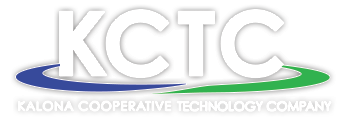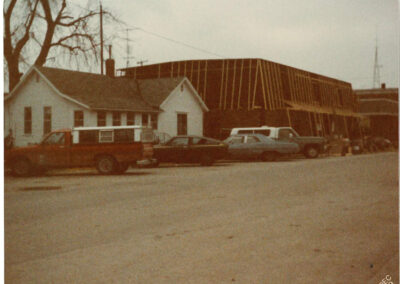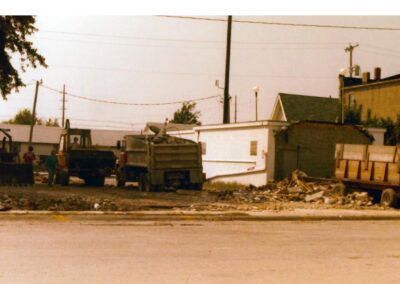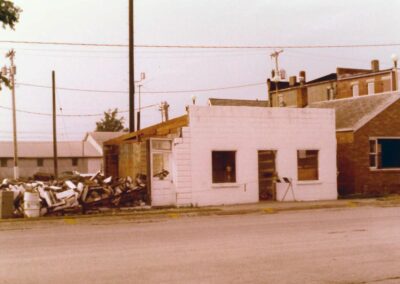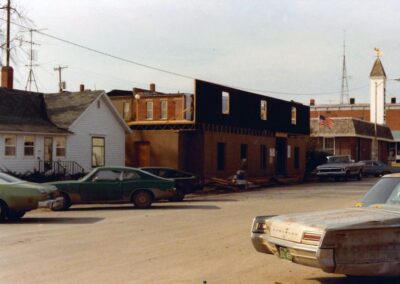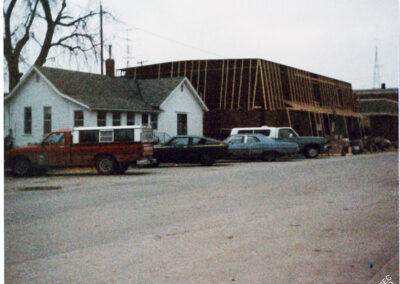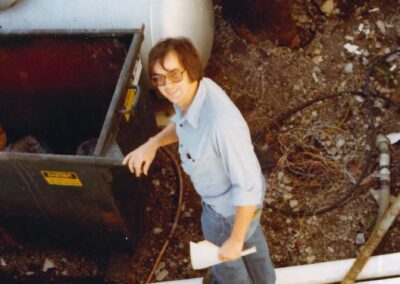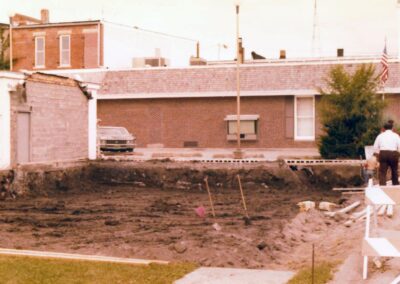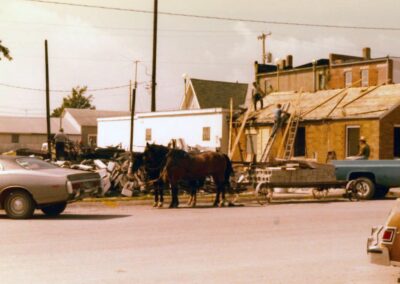OUR HISTORY
Years Proudly Serving Our Community
While the current technology for connecting customers was run by an operator who was on duty 24 hours a day, 7 days a week. Although the system may seem primitive in this day and age, they did have caller ID (the operator knew everyone in town), conference calling (party lines), distinctive ringing, and call forwarding (the operators always knew how to find the doctor, veterinarian, and most folks in town).
Membership dues were now $10 per year and each customer became a shareholder which allowed them one vote when electing board members. Mind you the cost is slightly different, but this system is still in place today and keeps KCTC a local business that genuinely values the input and opinion of its members.

Because of these advancements many new services were offered to their customers: answer and transfer, answer record and transfer with remote control, call diverters, automatic dialers, hands-free speaker phones, decorator phones, and paging systems.
Indeed the 8,000 square foot building more than doubled the size of the existing facility. Today it still houses expanded office space, a service garage, warehousing space, a conference room, and a retail store.
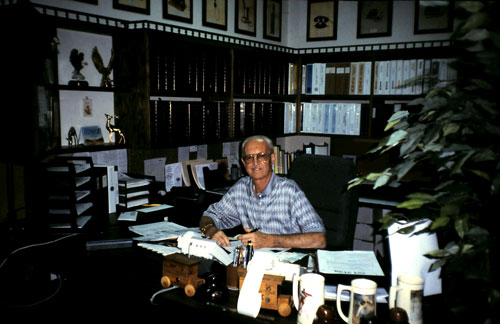
Also installed was a new IBM computerized records management system. The first of its kind in a small Iowa telephone company. Consequently, these new features required an increase in the local resident rate to a whopping $7.50 per month!
At the time, General Manager, Ray Marner, working closely with the board of directors, researched a way to bring convergence to Kalona. To that end, many avenues of integrated multimedia were explored, along with
ever-changing telephone technologies
Moreover, KCTC also installed a mobile phone system utilizing Business Band radio with direct phone dialing capability. The precursor of cell phones.

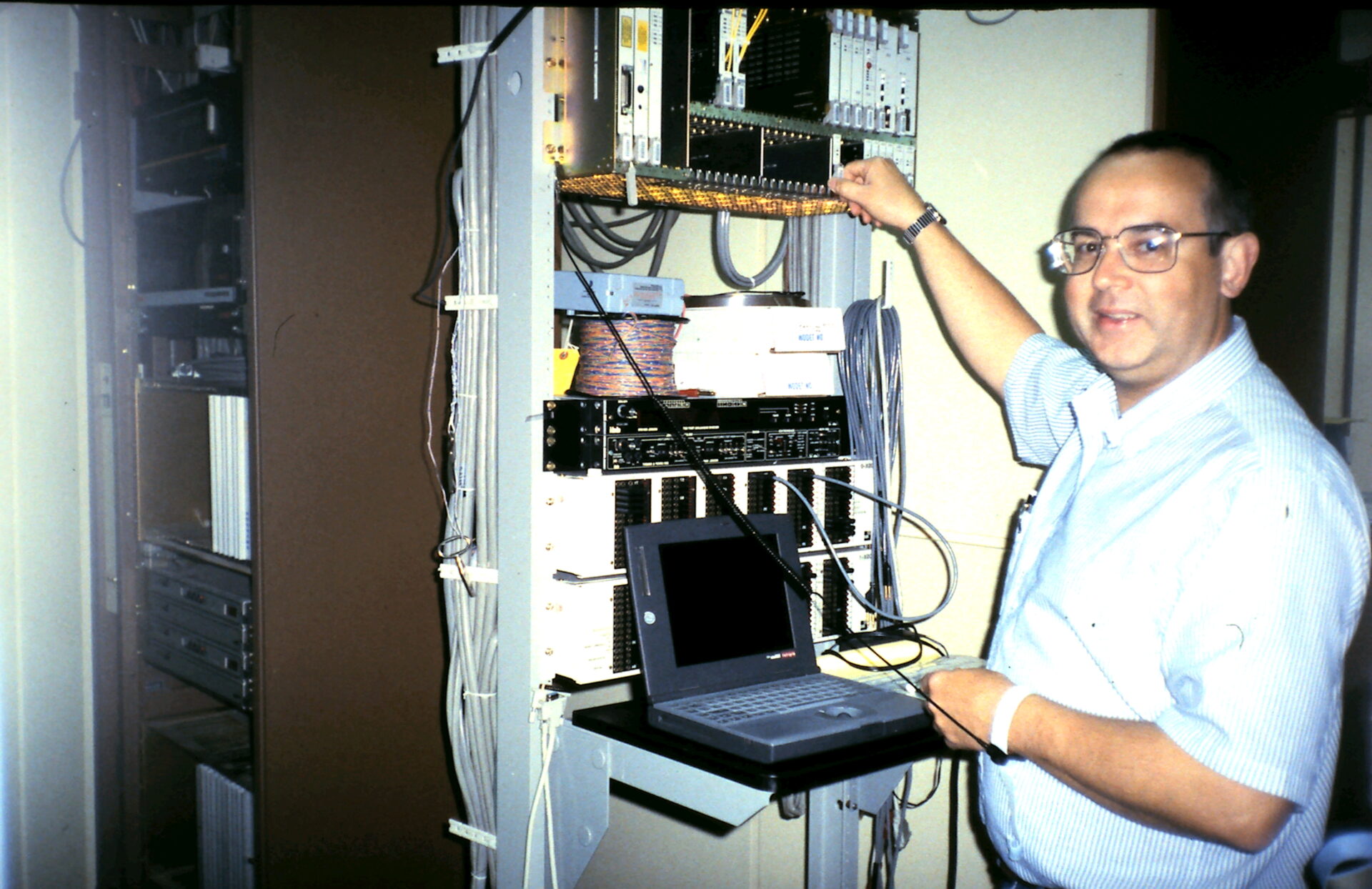
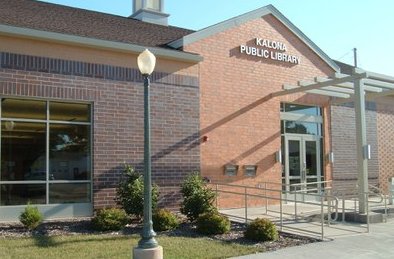
While national companies were beginning to talk about providing high-speed fiber service in urban areas, KCTCs plan would bring fiber to its mostly rural customers much sooner.
Looking at 1996, KCTC started installing the backbone of fiber technology. Optical Network Unit (ONU) sites began and soon all toll traffic was routed over the new redundant fiber route.
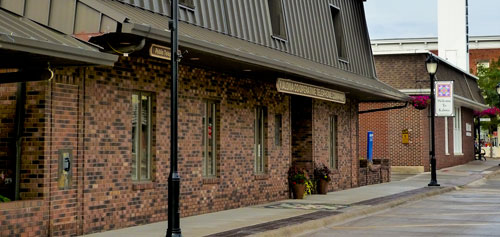
Because of this, built-in features of the service allowed customers to send and receive e-mail, voicemail and text messaging all in one unit. Which meant that KCTC could replace outdated copper lines to Wellman and to Sharon Center/Hills exchanges with fiber optic cable, while continuing to run fiber in the surrounding area.
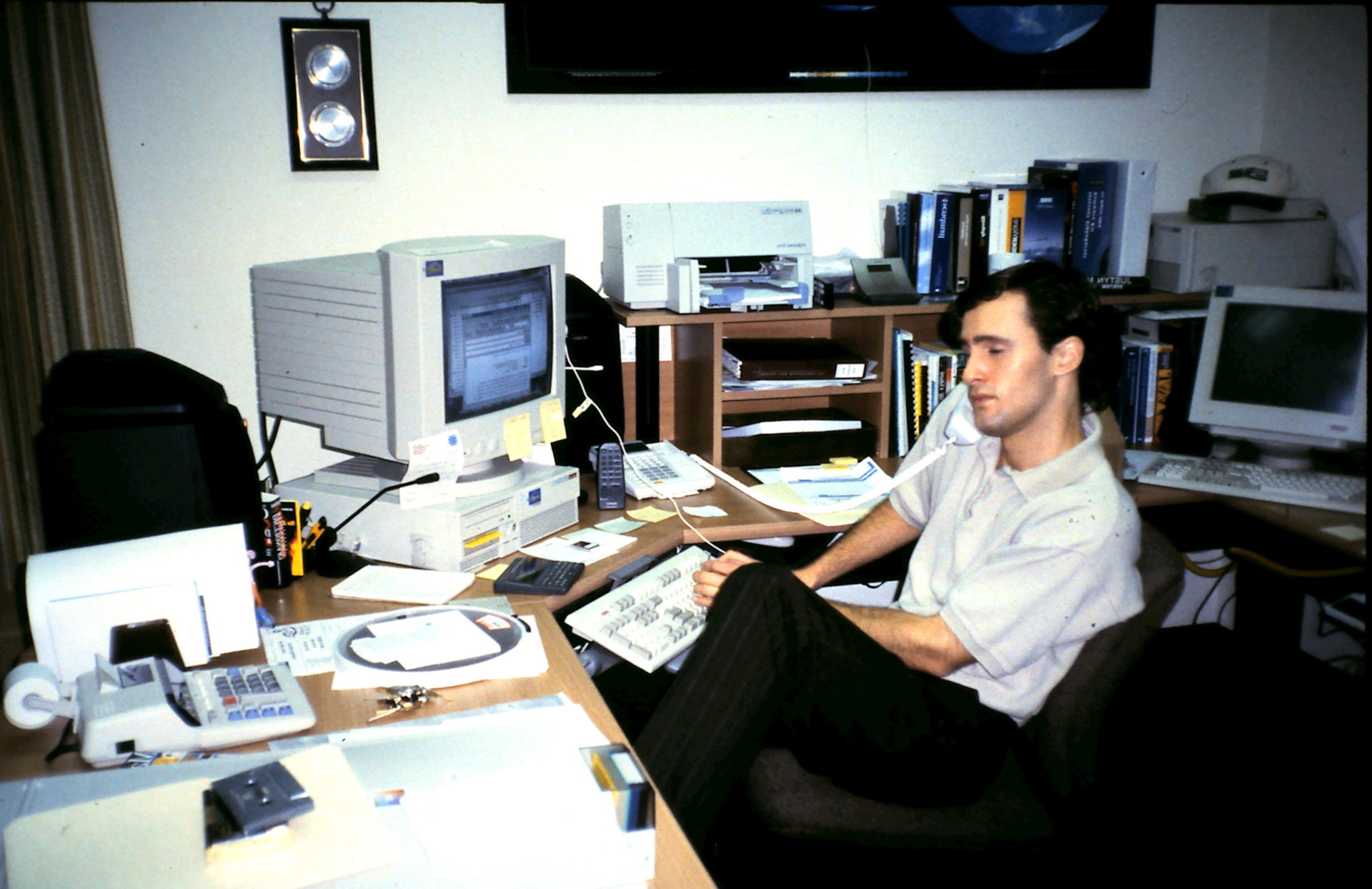
1997 also saw the installation of new wiring and a telephone system at Mid-Prairie East Elementary. Including 23,000 ft. of wire. Most of it was donated by KCTC. Then work began at Mid-Prairie Middle School on their data and telephone networks.
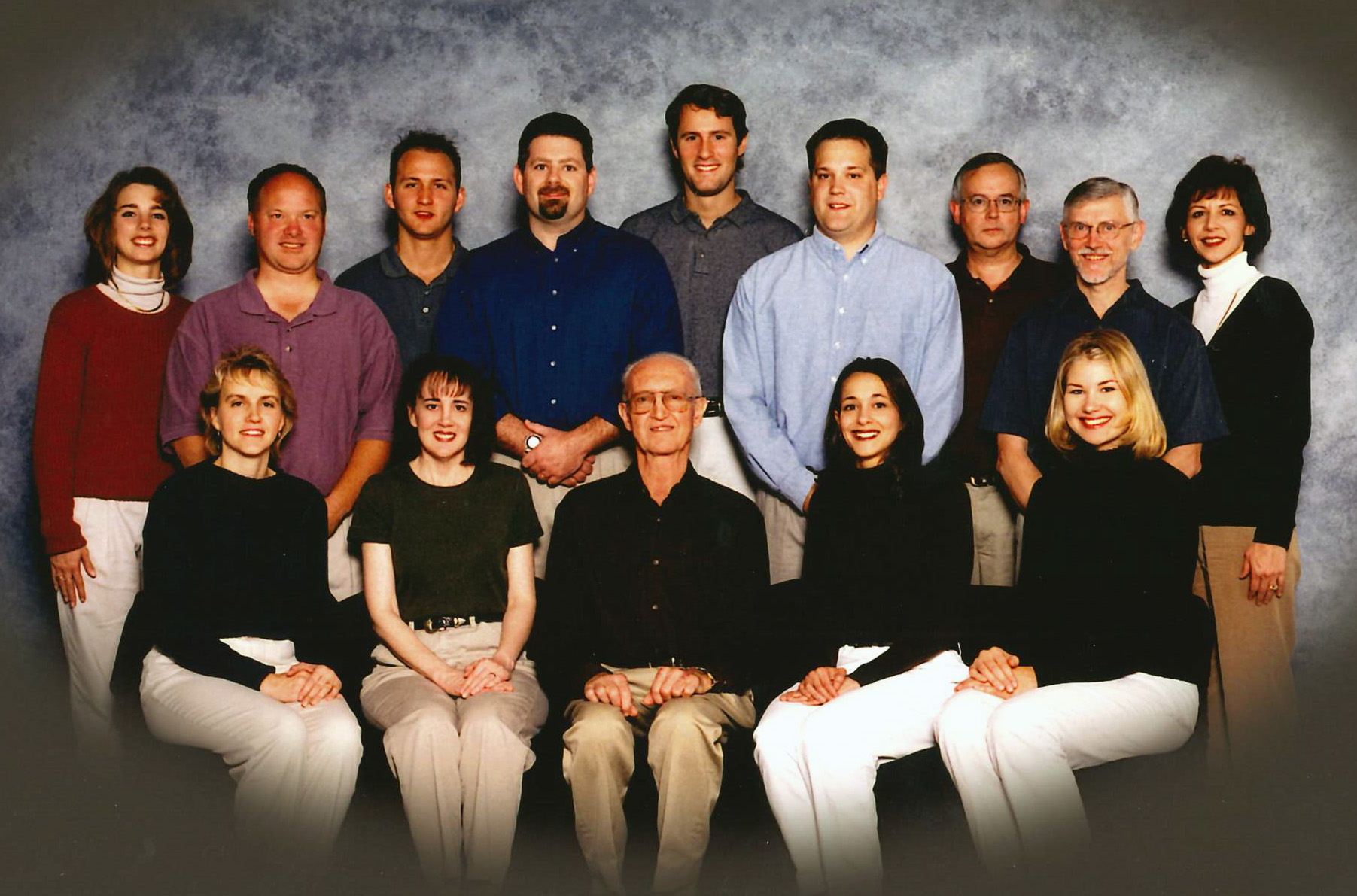
This project connected every KCTC customer with state-of-the-art fiber optics for a future-proof network.
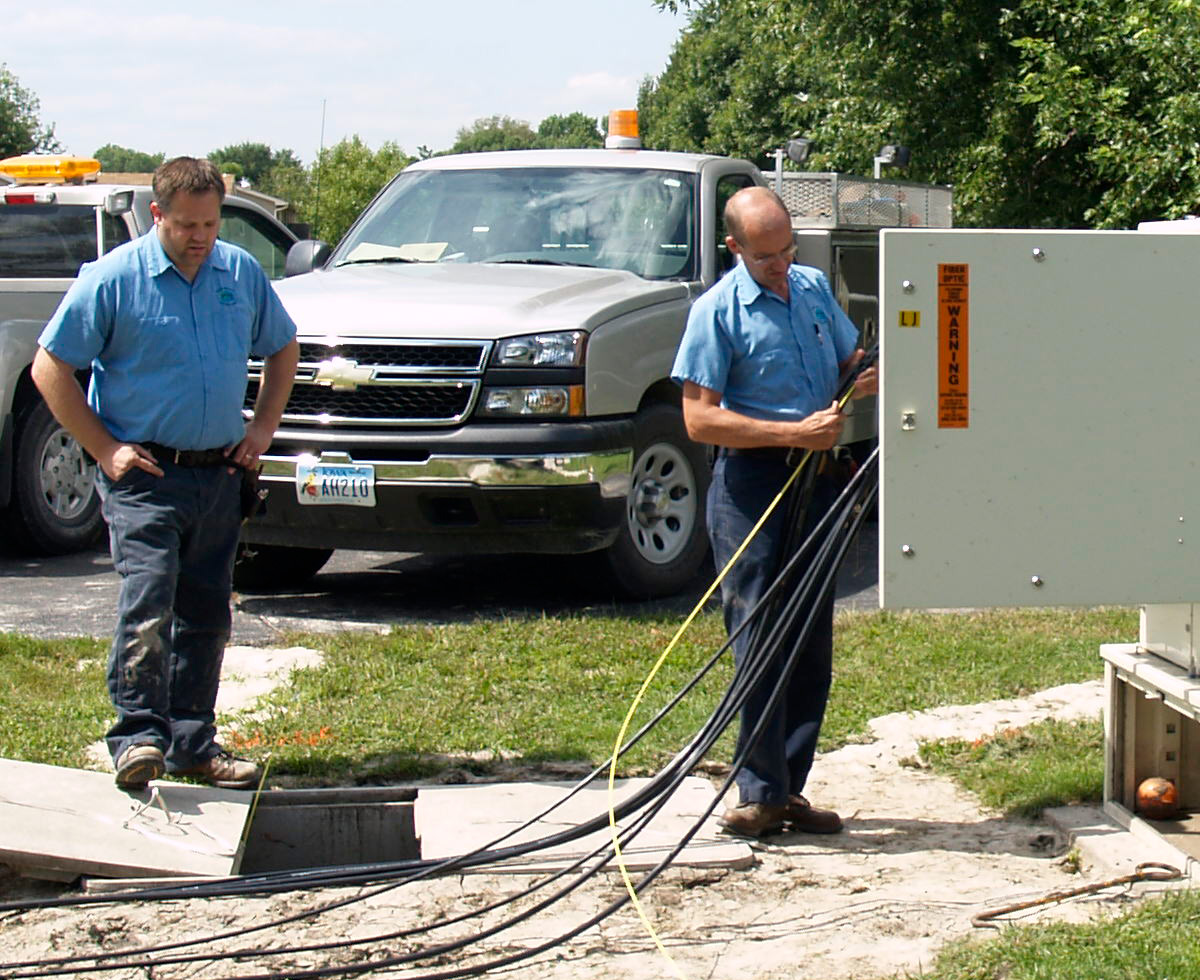
As of 2022, the entire Washington community has the choice of Gigabit ready fiber optic service – a service which was shown essential in the pandemic of 2021 where the vast majority of people were forced into working from home.
STRONGER
KCTC’s acquisition of Farmtel Communications in 2023, has expanded their fiber network and enhanced customer experiences. This move is part of KCTC’s strategy to strengthen their services, demonstrating a long-term focus on providing robust telecom solutions and staying at the forefront of technological advancements in their region.
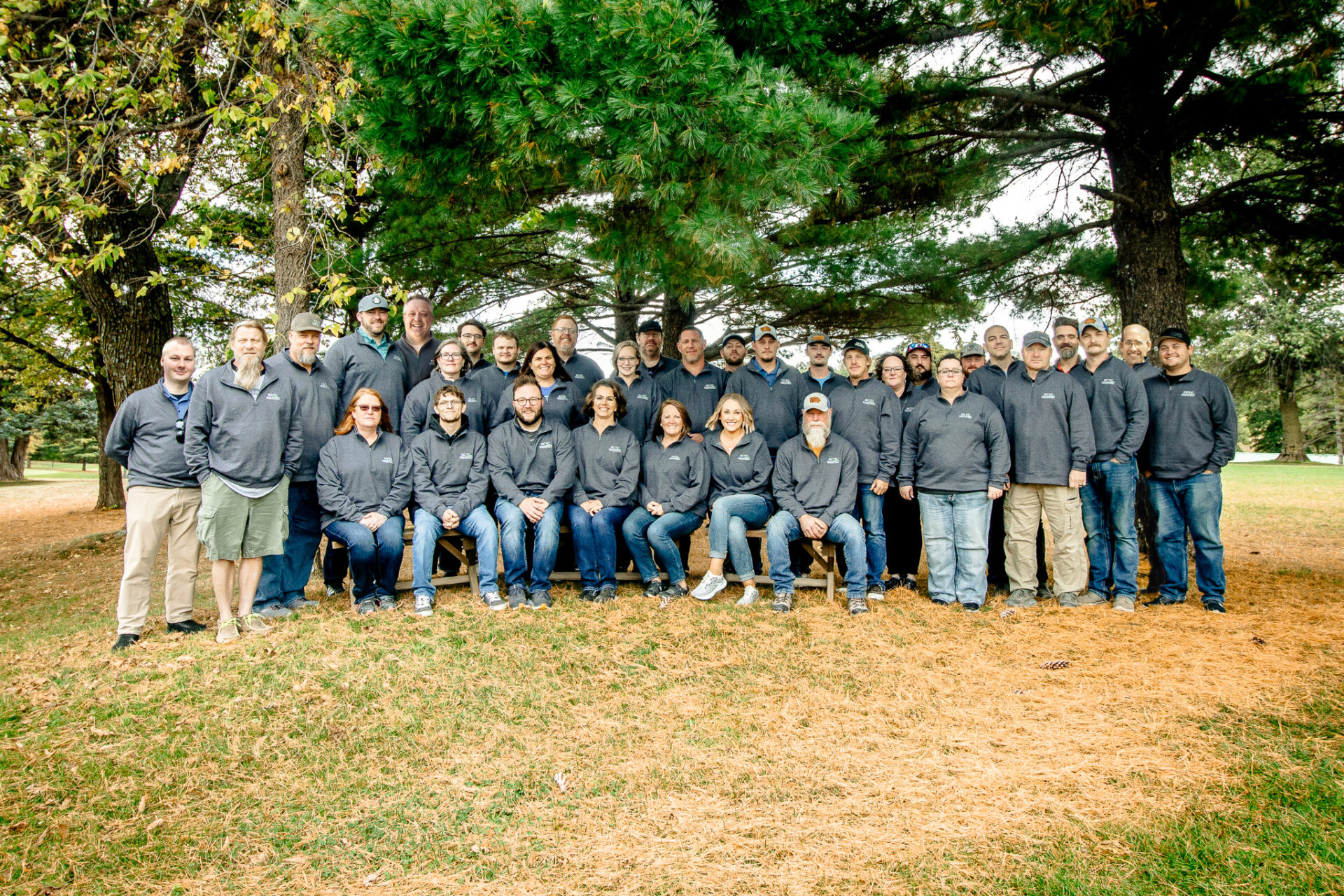
In a rural Iowa town known for its 19th century charm, KCTC has positioned itself as a progressive provider of affordable, quality services and the latest in advanced technology.
The pride they have in the community shines through in their continued support and active involvement.
Simply stated, KCTC is World Class Technology with a Hometown touch.
